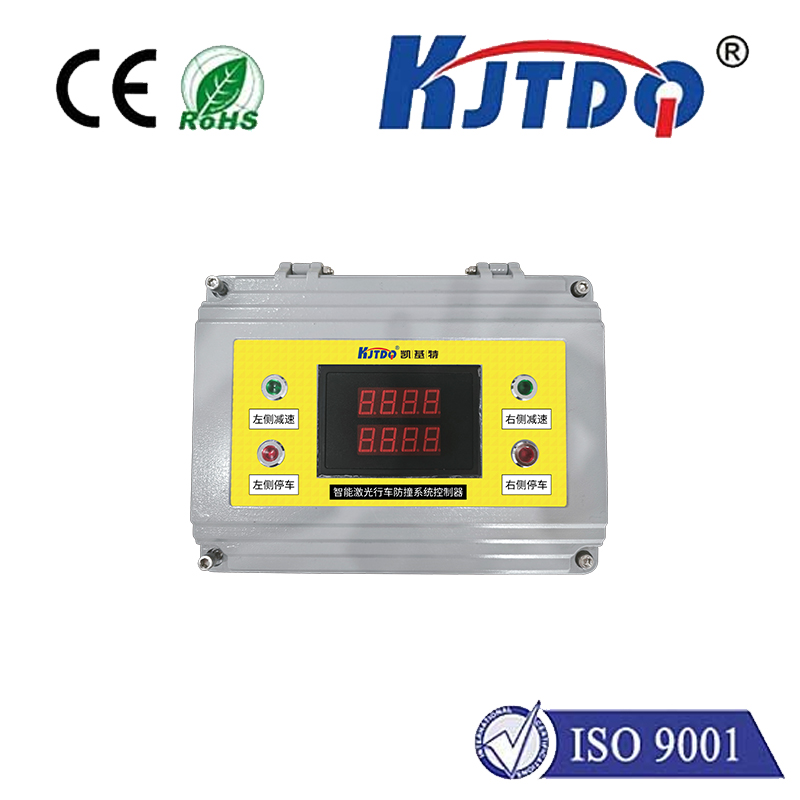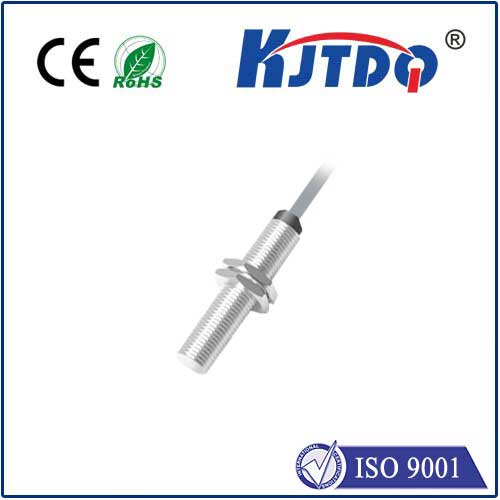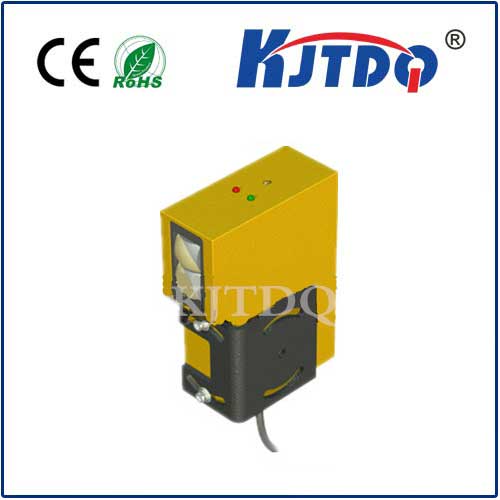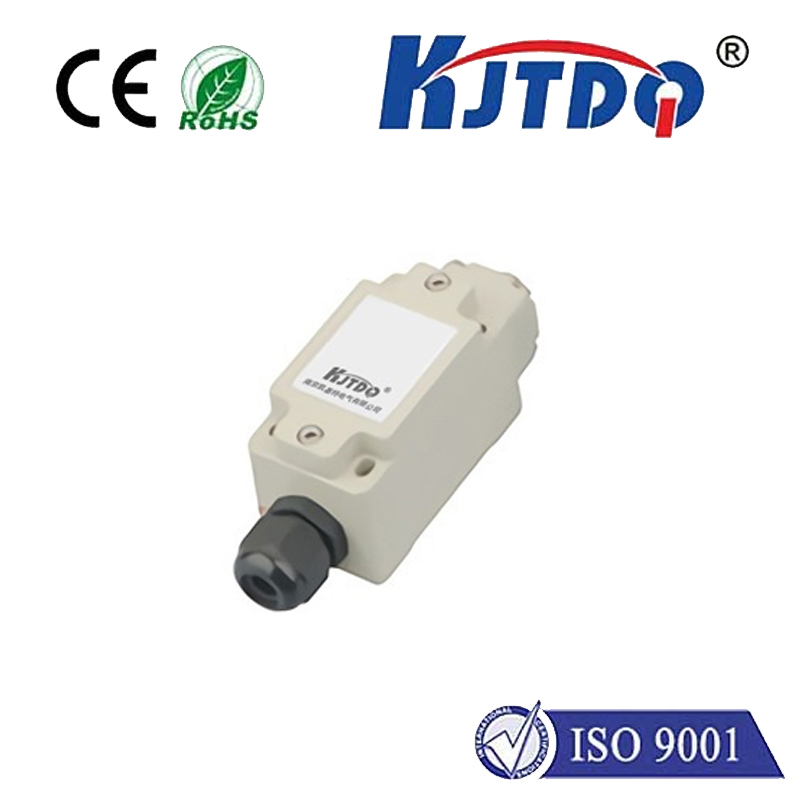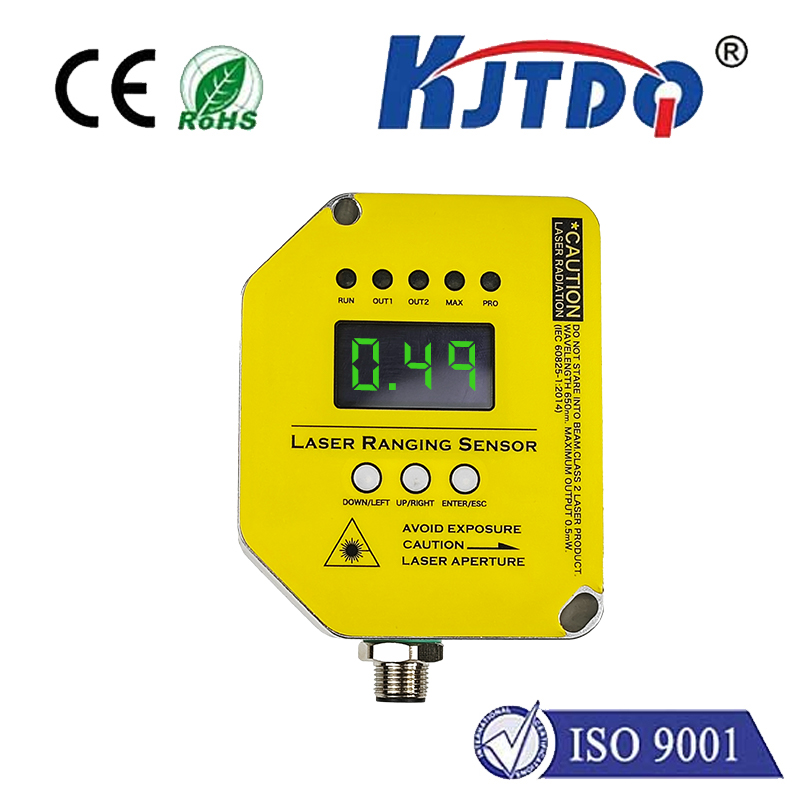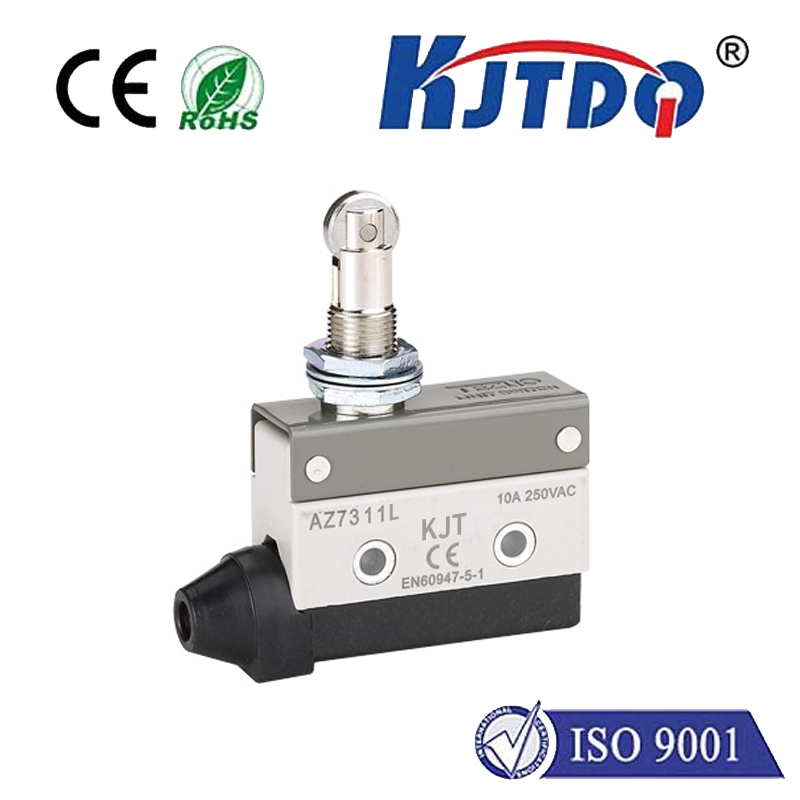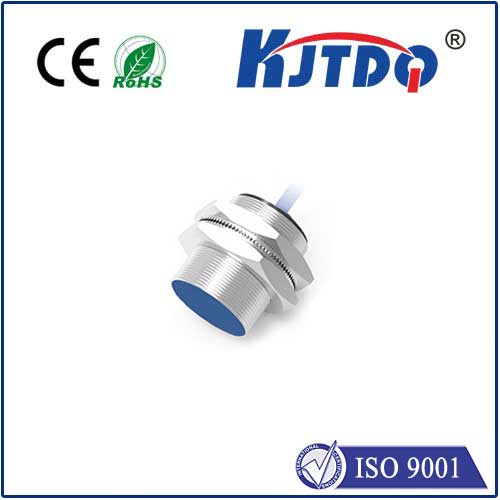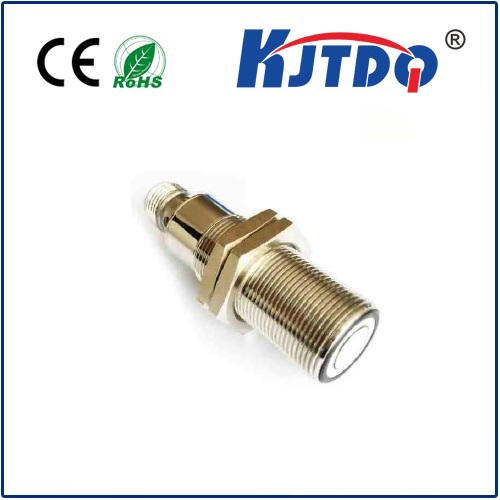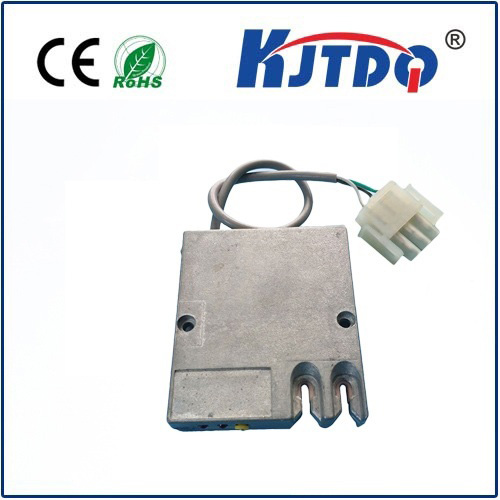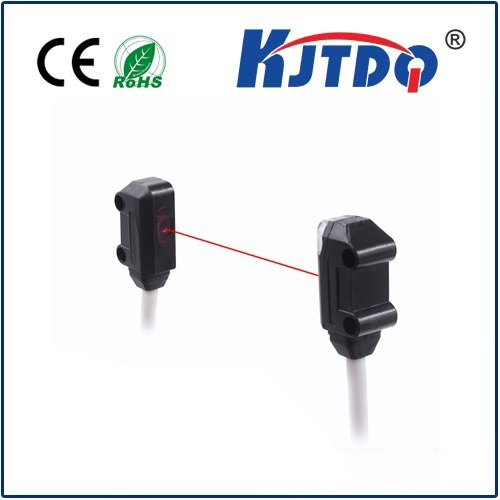
check

check

check

check

Long Range Laser Distance Sensor: Revolutionizing Distance Measurement with Precision and Efficiency” In the constantly evolving landscape of technology, innovations continuously emerge, reshaping the way we interact with our environment. A prime example of such technological advancement is the Long Range Laser Distance Sensor. This sophisticated device has significantly transformed the field of distance measurement by offering unparalleled accuracy and efficiency over long distances. Understanding the Basics of Long Range Laser Distance Sensors A Long Range Laser Distance Sensor, also known as an LRD or Laser Rangefinder, is an advanced electronic instrument designed to measure the distance to a target by projecting a laser beam towards it and calculating the time it takes for the reflected light to return. The principle behind this operation is based on the speed of light, which is a fundamental constant in physics. By knowing the round-trip time of the laser pulse, these sensors can calculate the distance to the target with high precision even at considerable ranges. Applications Across Various Industries The utility of Long Range Laser Distance Sensors spans across myriad sectors due to their ability to provide accurate and reliable measurements quickly. In surveying and mapping, these sensors are instrumental in measuring large plots of land, improving the efficiency and reducing the margin of human error. In industrial settings, they facilitate machinery calibration and alignment, ensuring optimal performance and safety standards. Additionally, in environmental monitoring, LRD sensors play a crucial role in gauging variables such as water levels or tracking the movement of glaciers and terrain changes. Advantages and Innovations One of the most significant advantages of Long Range Laser Distance Sensors is their precision. These devices can measure distances up to several kilometers with an accuracy of a few millimeters, making them indispensable for applications that require exact measurements. Moreover, they reduce the need for physical tape measures and manual calculations, thus enhancing work efficiency and safety by minimizing the risk associated with physical measurements in challenging environments. Recent innovations have seen the integration of wireless connectivity in LRD sensors, allowing data to be transmitted in real-time to other devices or directly to cloud-based platforms. This feature enhances data analysis, storage, and accessibility, facilitating better decision-making processes in various fields. Furthermore, advancements in materials and electronics have led to more rugged and compact designs, enabling their use in extreme conditions without compromising functionality. Challenges and Future Prospects Despite their numerous benefits, Long Range Laser Distance Sensors are not without challenges. Environmental factors such as dust, rain, or dense fog can interfere with the laser beam, affecting measurement accuracy. However, ongoing research aims to improve the robustness of these sensors against such conditions. Additionally, the cost of high-precision LRD sensors can be prohibitive for some users, though economies of scale and technological advancements are gradually making them more affordable. Looking ahead, the future of Long Range Laser Distance Sensors holds exciting prospects. Integration with artificial intelligence and machine learning could lead to smarter sensors capable of autonomously adjusting for environmental disturbances and providing even more precise measurements. Moreover, as the Internet of Things (IoT) continues to expand, the role of LRD sensors in interconnected systems will only grow, opening new avenues for innovation and application. Conclusion In conclusion, the Long Range Laser Distance Sensor represents a significant leap forward in the realm of distance measurement technology. Its combination of accuracy, efficiency, and versatility makes it an invaluable tool across numerous industries. While challenges remain, ongoing advancements promise to address these issues, heralding a future where these sensors are even more integrated into our everyday lives. As we continue to push the boundaries of what’s possible, the Long Range Laser Distance Sensor stands out as a testament to human ingenuity and its endless quest for improvement.
